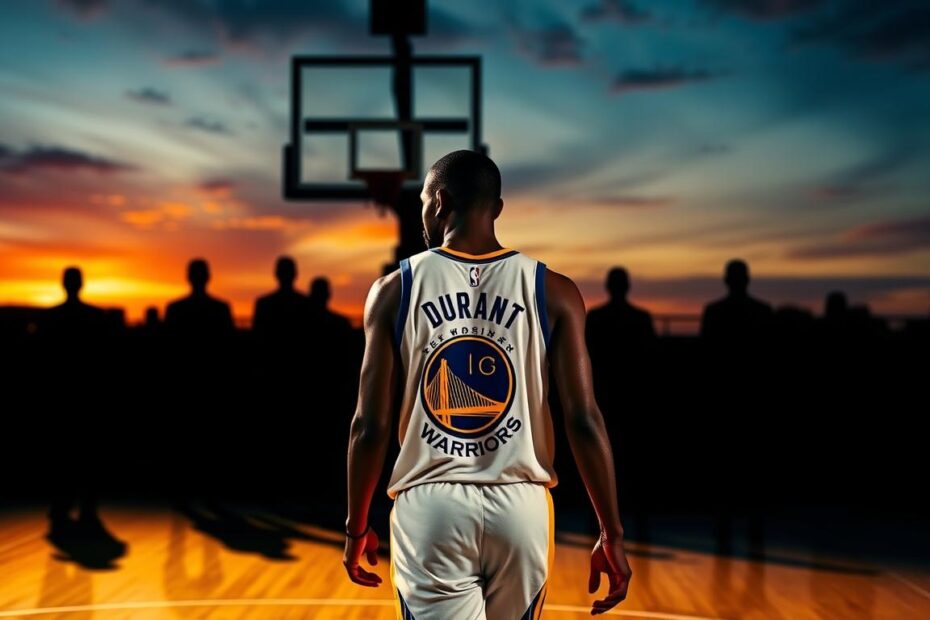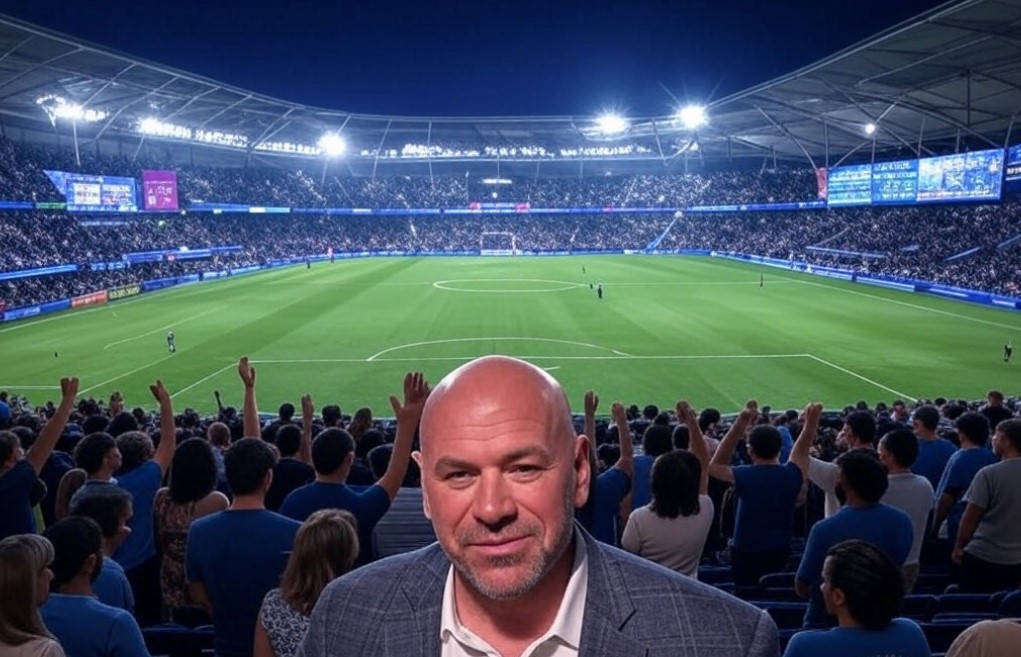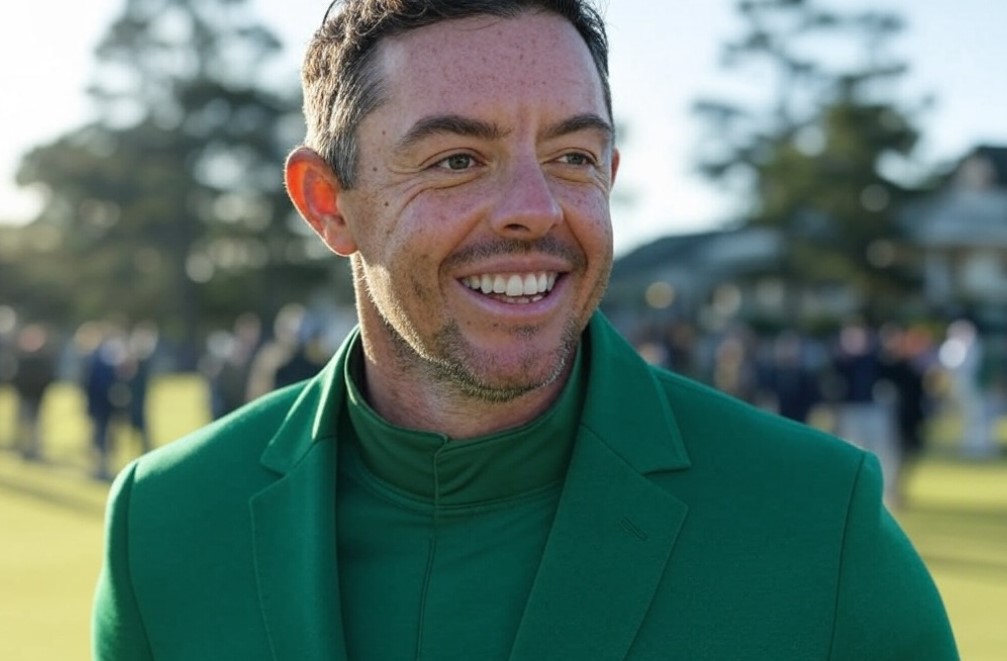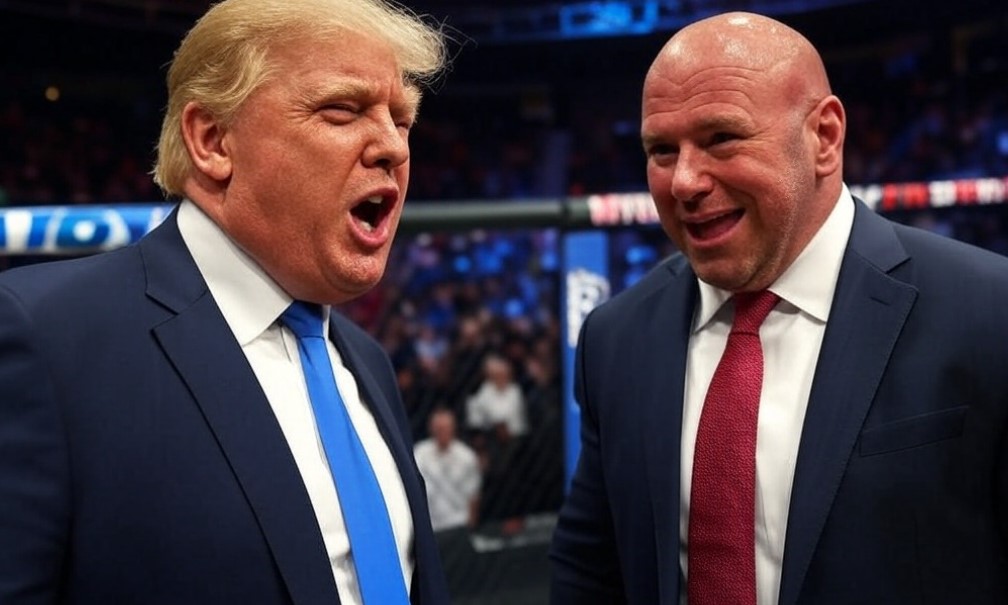Did you know that over 50% of NBA players face intense fan pressure over their team choices? This statistic highlights the immense scrutiny athletes, like Kevin Durant, endure every day. As you delve into Kevin Durant’s departure from the Golden State Warriors, you’ll discover a complex array of factors at play. These influences span both the court and the broader social landscape.
Kevin Durant’s basketball journey is marked by remarkable achievements and unexpected choices. His shooting prowess in the 2017 Finals, with splits of 56/47/93, is just one example. His preference for Luka Doncic over Stephen Curry in a virtual NBA 2K game further sparked debate. These moments have fueled ongoing discussions about his loyalty and future directions.
This section will dissect the reasons behind Durant’s departure from the Warriors. We will explore the roles of team dynamics, media speculation, and social media in shaping his decision. Grasping the motivations behind Kevin Durant’s departure is crucial for understanding the larger trends of player movement in the NBA.
The Rise of Kevin Durant in the NBA
Kevin Durant’s journey in the NBA is a testament to his remarkable evolution. From a high school basketball star to an elite player, his path is inspiring. His early days at the University of Texas laid the foundation for his professional career, garnering him respect and recognition. Durant’s innate talent quickly manifested in impressive statistics, showcasing his scoring prowess and versatility.
The pivotal moment in Kevin Durant’s career was his draft by the Seattle SuperSonics in 2007. This marked the start of a trajectory that would lead to numerous accolades, including the MVP award. His relentless work ethic and commitment to improvement fueled his NBA rise. Early seasons highlighted his scoring ability, consistently placing him among the league’s top scorers.
Durant’s performances in playoff games further cemented his status in the NBA. Memorable game-winning shots and critical plays solidified his legacy. This evolution prepared him for the next major step in his career, joining the Golden State Warriors to amplify his impact.

Kevin Durant’s Impact on the Golden State Warriors
Kevin Durant’s tenure with the Golden State Warriors profoundly altered the team’s dynamics. His arrival significantly influenced the team’s playing style and competitive edge.
Durant’s role in the Warriors’ success was pivotal, marked by his outstanding Durant statistics. Over three seasons, he averaged 27.0 points, 7.1 rebounds, and 5.6 assists per game. His field goal percentage was 50.1%, and three-point shooting rate was 38.7%. This efficiency cemented his status as a top scorer in the league.

With Durant, the Warriors secured two NBA championships (2017 and 2018) and reached the Finals in 2019. His scoring prowess complemented Steph Curry and Klay Thompson, solidifying the Warriors as a dominant force. His performance under pressure during critical playoff moments showcased the team’s strength.
| Season | Games Played | Points Per Game | Rebounds Per Game | Assists Per Game |
|---|---|---|---|---|
| 2016-2017 | 62 | 25.1 | 8.3 | 4.8 |
| 2017-2018 | 68 | 26.4 | 6.8 | 5.4 |
| 2018-2019 | 78 | 26.0 | 6.4 | 5.9 |
Durant’s versatility allowed the Warriors to employ diverse strategies, making them less predictable. The Warriors success during his tenure was significantly influenced by his unique skill set. His contributions were instrumental in transforming Golden State into a basketball powerhouse.
Understanding the Unprecedented Success of the Warriors
The Golden State Warriors’ history is distinguished by extraordinary achievements, particularly in the late 2010s. During this time, the team evolved into a dominant force in the NBA. Their championship wins solidified their status among the league’s elite. Kevin Durant’s addition brought unparalleled talent, complementing Steph Curry and Klay Thompson’s established prowess. This synergy led to unmatched dominance on the court.
In the 2015–16 season, the Warriors set a record with 73 wins and just 9 losses. This achievement showcased their strength and consistency. It highlighted how their teamwork and individual talents converged. With Durant, the Warriors claimed championships in 2016–17 and 2017–18, adding to their six NBA championships and one BAA title.
Their success made the Warriors a dominant force, showcasing skill and game understanding. Curry, Thompson, and Durant’s playmaking and scoring set records that fans celebrate. Their performances continue to be celebrated today.

| Season | Win-Loss Record | Championship Won | Key Player Highlights |
|---|---|---|---|
| 2014–15 | 67–15 | Yes | Steph Curry – NBA MVP |
| 2015–16 | 73–9 | No | Steph Curry – Unanimous MVP |
| 2016–17 | 67–15 | Yes | Kevin Durant – NBA Finals MVP |
| 2017–18 | 58–24 | Yes | Steph Curry – All-Star |
| 2021–22 | 53–29 | Yes | Steph Curry – Finals MVP |
The Warriors’ legacy from this period serves as a benchmark in the NBA. It redefines success through teamwork and excellence. The talent on their roster facilitated victories and inspired future generations. Understanding this success offers insights into the Warriors’ historic status in basketball.
The Dynamics of Team Chemistry in Golden State
The Warriors team chemistry has been crucial to the team’s success during Kevin Durant’s tenure. Establishing robust player relationships is vital for creating an atmosphere where teamwork flourishes. Durant’s arrival significantly enhanced the team’s dynamics. Curry and Thompson adjusted their gameplay to complement Durant, leading to seamless interactions both on and off the court.
His addition was seen as a significant asset, yet it also brought challenges to the locker room. The team’s personalities had to navigate how to work together under intense pressure and high expectations. Throughout the season, coaching emphasized the importance of collaborative play. This often meant players had to put aside personal scoring goals for the team’s benefit.
This approach led to the Warriors’ impressive records, highlighting the value of cohesive team chemistry. As players became more adept at leveraging each other’s strengths, their adaptability on the court became a key factor in their success. However, tensions arose due to differing views on game strategies and personal goals, which sometimes strained the player relationships built over time.
The interplay between teamwork and individual ambitions defined Durant’s experience with the Warriors. This balance was crucial to both the team’s triumphs and the obstacles they faced during his time with the franchise.

Why did Kevin Durant leave the Golden State Warriors?
Kevin Durant’s departure from the Golden State Warriors after the 2019 NBA Finals was a turning point in his career. The reasons behind his exit are complex, involving personal ambitions and a desire for independence. Additionally, intense rivalries and the team’s evolving circumstances played significant roles.
Exploring the Major Factors Behind His Departure
Several factors influenced Durant’s decision to leave. His injury—a torn Achilles tendon—during the 2019 NBA Finals significantly impacted his career and the team’s performance. The Warriors also faced changes, including Klay Thompson’s move to the Dallas Mavericks after 13 years. Furthermore, the loss of assistant coaches, such as Mike Brown’s move to the Sacramento Kings, altered the team’s dynamics.
- Kevin Durant’s injury during the finals.
- Klay Thompson’s exit to the Dallas Mavericks.
- Changes in coaching staff.
The Influence of Team Performance and Rivalries
The competitive landscape also played a role in Durant’s decision. Intense rivalries, particularly with the Houston Rockets, tested the Warriors’ resolve. Owner Joe Lacob’s ambition to secure one more championship before Stephen Curry retires added pressure. This context may have driven Durant to reassess his role and the team’s evolving dynamics.
While the Warriors retained key players like Draymond Green and Andrew Wiggins, this highlighted internal changes. It showed possible paths for the team moving forward.
| Year | Key Events |
|---|---|
| 2019 | Torn Achilles during NBA Finals |
| 2020 | Klay Thompson joins Dallas Mavericks |
| 2021 | Coaching changes affecting team strategy |
| 2026 | Potential championship push before Curry’s retirement |

Kevin Durant’s Free Agency Decision Timeline
The 2019 Kevin Durant free agency period marked a pivotal shift in NBA history. As Durant approached this critical juncture, the league’s anticipation reached a fever pitch. His deliberations centered on assessing his future and the myriad options at his disposal.
Speculations about Durant’s signing timeline began immediately after the 2019 NBA Finals concluded. Teams clamored for his attention, with the Brooklyn Nets emerging as a frontrunner. This development sparked widespread media interest. Adrian Wojnarowski’s reports provided fans with a firsthand look into Durant’s decision-making process. He detailed Durant’s meetings with various franchises, evaluating offers and considering team dynamics.
The NBA decision process reached a crescendo as Brooklyn bolstered its roster with the additions of Kyrie Irving and DeAndre Jordan. This move was more than just about assembling talent; it was about building a championship-caliber team. Fans closely followed each development, celebrating Durant’s ultimate commitment.
Durant’s decision to leave the Warriors ushered in a new era for him and the league. This period highlighted his meticulous planning. By joining the Brooklyn Nets, Durant sought to excel in a new setting while continuing to chase championship glory.

The Role of Injuries in Durant’s Tenure with the Warriors
Kevin Durant’s three seasons with the Golden State Warriors were marred by significant injuries. These health setbacks impacted his performance and the team’s dynamics. Despite winning two NBA championships, the constant health issues cast a shadow over his achievements and public image.
In his final season, Durant’s injuries became a major concern. Coach Steve Kerr noted Durant’s growing desire for a new challenge, hinting at the health issues’ limitations. These injuries not only affected his game but also influenced the team’s perception of his future.
Durant’s recovery journey showcased both his resilience and vulnerability. Fans and analysts questioned his ability to maintain peak performance despite these challenges. This raised doubts about the impact of these setbacks on his decision to leave the Warriors.

Despite his successes, including two championships, health concerns shaped the franchise’s future. The Warriors faced a critical juncture in team building and player health. Understanding Durant’s tenure highlights the franchise’s adaptation to significant player challenges.
| Player | Injury Impact | Performance Statistics |
|---|---|---|
| Klay Thompson | Declined ranking due to injury | Consistent but limited playing time |
| Andrew Nembhard | Declined ranking due to injury | Limited impact compared to previous seasons |
| Marcus Smart | Drop in performance due to injuries | Expected rebound in defensive skills |
| Jabari Smith | Recognized for performance improvement | Notable growth in skills |
| Brook Lopez | Unique skill set on display | 3-point shooting with rim protection |
Media Speculation Surrounding Durant’s Exit
The departure of Kevin Durant from the Golden State Warriors ignited a firestorm of speculation across the media landscape. From detailed media analysis to casual fan forums, the public’s sentiment on his decision was starkly divided. Sports commentators often dominated the narrative, emphasizing raw emotions and perceived betrayals over the nuanced reasons behind Durant’s choice.
Fans’ reactions were equally varied. Some hailed his achievements, while others felt betrayed, suggesting he had left a winning team behind. Analysts noted the media’s significant influence on these opinions. Articles exploring Durant’s motivations garnered attention, fueling discussions on social media and amplifying the sensationalism of the rumors.
Notable voices in the sports community underscored the media’s impact on public perception. Debates emerged over whether Durant’s pursuit of personal growth was lost amidst public scrutiny. The intense focus on his departure led fans to dissect both his career decisions and the evolving dynamics within the Warriors.

| Media Outlet | Coverage Tone | Public Sentiment |
|---|---|---|
| ESPN | Analytical | Divided |
| Bleacher Report | Sensational | Frustration |
| The Athletic | In-Depth | Supportive |
| Sports Illustrated | Critical | Disappointment |
This table highlights the diverse reactions from various media outlets. It shows how different coverage styles can influence public opinion and shape narratives around prominent athletes. This allows fans to engage in fervent discussions about Durant’s legacy in the NBA.
The Impact of Social Media on Durant’s Decision
The NBA’s landscape is constantly shifting, with social media playing a pivotal role in player decision-making. Kevin Durant’s career, especially his stint with the Golden State Warriors, exemplifies this. Social media platforms like Twitter and Instagram have revolutionized how players engage with fans. These interactions significantly influence their choices.
Fan Reactions and Pressure
Durant’s fan base on social media exhibits a spectrum of emotions, ranging from fervent support to scathing criticism. Fans use these platforms to share their opinions, creating a public dialogue that reaches a vast audience. This dialogue can exert substantial pressure on players, affecting their decision-making processes. Feedback on trades, performance, or team changes resonates across the NBA.
How Social Media Influences Player Choices
The influence of social media on player decisions goes beyond fan interactions. Athletes are keenly aware of the online perception of their choices. Tweets, posts, and comments can create an environment where players feel obligated to address fan expectations or criticism. Durant’s time with the Warriors illustrates how these platforms shape narratives around players and their teams.

As social media continues to evolve, its influence in professional sports will likely intensify. Players must navigate their personal brands and the reactions of millions. Grasping these dynamics is crucial for fans seeking to understand the factors influencing today’s superstars.
Kevin Durant’s Relationship with His Teammates
Kevin Durant’s tenure with the Golden State Warriors was defined by significant Durant teammates interaction. The relationships he developed with his teammates profoundly influenced the team’s performance. His contributions both on and off the court were pivotal, leading to both victories and conflicts.
The locker room dynamics played a crucial role in shaping the team’s culture. This environment facilitated effective communication during both practices and games. Durant’s connections with stars like Stephen Curry and Draymond Green significantly impacted the Warriors’ style and strategy. His ability to seamlessly integrate into the team showcased his adaptability and the robustness of their player relationships.
However, tensions did emerge, particularly regarding expectations and individual roles. The struggle to align personal goals with team objectives highlighted potential conflicts. These issues could have influenced his decision to leave the team.
Examining Durant’s interactions with his teammates offers a deeper understanding of the complexities of team dynamics at the elite level. The degree of cooperation or conflict within the team directly affected both on-court strategies and personal motivations behind his departure.
| Player | Games Played | Points Per Game (PPG) | Assists Per Game (APG) | Rebounds Per Game (RPG) |
|---|---|---|---|---|
| Kevin Durant | 1061 | 27.3 | 4.4 | 7.0 |
| Stephen Curry | 864 | 24.6 | 6.5 | 4.5 |
| Draymond Green | 721 | 8.7 | 5.4 | 6.9 |

Post-Warriors: Where Did Durant Go?
Following his time with the Golden State Warriors, Kevin Durant embarked on a new journey. He joined the Brooklyn Nets, marking a significant shift in his career. This move was driven by his desire for fresh challenges and the opportunity to lead a team in a new setting.
His decision to join the Kevin Durant Nets brought immense expectations and opportunities. Durant aimed to solidify his legacy with new teammates and a distinct organizational culture. This choice was not solely for personal achievements but also to redefine his league narrative post-Golden State.
In Brooklyn, Durant found a team ready to compete at the pinnacle, mirroring the Warriors’ intensity. As the franchise’s cornerstone, his leadership became pivotal for a roster featuring other elite players. This synergy aimed to enhance the Nets’ standing in the fiercely competitive Eastern Conference.

Durant’s transition to Brooklyn signaled a change in both location and career strategy. He was committed to success in Brooklyn, aiming to reshape his impact and contribute to the team’s growth. His post-Warriors career would be pivotal in defining his next chapter in the athletic world.
The Aftermath of Durant’s Departure on the Warriors
The departure of Durant has significantly altered the Golden State Warriors, impacting both their roster and strategic direction. Post-Durant, the team has encountered numerous hurdles in their pursuit to maintain their standing in the NBA’s competitive arena.
Given Durant’s departure, the Warriors were compelled to undergo roster adjustments. They introduced younger players like Buddy Hield, aiming to inject fresh energy and shooting prowess. Hield’s inexperience notwithstanding, his potential to complement Curry and other veterans is considerable.
The Warriors’ future is heavily influenced by their aging core. The average age of their top ten players over 35 is 36.8, with Curry leading at 36. The team’s success hinges on their ability to compete against Western Conference rivals, such as the Denver Nuggets and Minnesota Timberwolves.
A comparative table below outlines the current status of key players:
| Player | Age | Contract Status | Top 100 Ranking |
|---|---|---|---|
| Stephen Curry | 36 | 2 years, $114 million | 6 |
| Klay Thompson | 33 | Free Agent | N/A |
| Kevin Durant | 35 | Active | 3 |
| LeBron James | 38 | Active | 2 |
| Buddy Hield | 30 | Active | N/A |
The Warriors’ organizational changes are a direct result of Durant’s departure, shaping their long-term strategy and success. As they move forward, they must navigate the balance between veteran players and newer talent. The future is uncertain, yet one certainty is the Warriors’ commitment to evolve and redefine themselves post-Durant.

Analyzing the Competitive Landscape After Durant’s Exit
The NBA underwent significant transformations following Kevin Durant’s departure from the Golden State Warriors. His departure reshaped the roster dynamics within Golden State and influenced rival teams’ strategies. This shift led to a reevaluation of rosters and tactics across the league, impacting the competitive balance.
Durant’s tenure with the Warriors marked a period of dominance, transforming the franchise. This period saw the emergence of new contenders, such as the Milwaukee Bucks and Boston Celtics. These teams aimed to fill the void left by Durant, showcasing the league’s competitive evolution.

Statistical analysis reveals the evolving landscape. In the 2015-2016 season, Stephen Curry’s performance was extraordinary, leading in offensive rating and setting records. The gap between league averages and team ratings has widened, reflecting a response to increased pace and scoring.
The rise of Giannis Antetokounmpo and Joel Embiid as key rivals after Durant’s departure is noteworthy. Their performances, averaging 0.967 and 0.955 points per minute, respectively, contrast sharply with Wilt Chamberlain’s 50.4 points per game in the 1961-1962 season. These shifts highlight the dramatic evolution of the competitive landscape post-Durant.
| Player | Points per Minute (2022-2023) | Impact on Team’s Offensive Rating |
|---|---|---|
| Giannis Antetokounmpo | 0.967 | N/A |
| Joel Embiid | 0.955 | N/A |
| James Harden | 0.98 | N/A |
| Stephen Curry | 0.906 | 13.6 |
| Kobe Bryant | N/A | 18.9 |
| Tracy McGrady | N/A | 17.5 |
These changes reflect a shift in team strategies and broader implications of player movement. The league’s competitive fabric has been reshaped by Durant’s departure. As teams strive to regain power and prestige, the future promises exciting matchups and ongoing evolution.
What Durant’s Exit Means for Future Free Agents
The departure of Kevin Durant from the Golden State Warriors has sent shockwaves throughout the league. This move has profound implications for the choices that future free agents will make. The NBA has transformed into a realm where individual player decisions significantly influence the game’s trajectory. This shift has altered how athletes perceive their contracts and commitments.
The Evolution of Player Movement in the NBA
Recent years have seen a significant transformation in player movement trends, with Durant’s decision to leave the Warriors for the Brooklyn Nets being a turning point. This event has prompted other free agents to reassess their options more thoughtfully. Key factors now influence their decisions, including:
- Team loyalty: Players are reevaluating the concept of loyalty, especially when faced with lucrative offers from other teams.
- Superteam formations: Durant’s move to join forces with Andre Iguodala and Stephen Curry has set a precedent. Future free agents now see the value in teaming up with elite players.
- Performance expectations: The current NBA free agency landscape has heightened the pressure on players to find roles where they can excel. This is reminiscent of James Harden’s journey after the Olympics.
This evolving landscape empowers players to make choices that align with their personal and professional goals. Durant’s departure has set a precedent, showing future free agents the path to forge their own narratives in the league.

Fan Reactions to Kevin Durant’s Decision
The departure of Kevin Durant from the Golden State Warriors elicited a broad spectrum of fan reactions. These responses vividly capture his profound impact on the team and its supporters. The feedback spectrum showcases the deep-seated emotions of both support and criticism from the Warriors fan base. It highlights how they struggled to come to terms with Durant’s decision.
Support and Criticism from Warriors Fans
The Warriors fan opinion underwent a significant shift upon learning of Durant’s exit. Many fans expressed support for Durant, acknowledging his invaluable contributions to the team during his tenure. They celebrated his skill and dedication, which led the Warriors to two NBA championships. These sentiments were often expressed on social media, where fans shared their gratitude toward Durant and celebrated the memories he created on the court.
On the other hand, a notable faction voiced criticism. Some Warriors fans felt betrayed by Durant’s departure, viewing it as a rejection of the team culture that thrived during his time. This discontent led to intense discussions on social media platforms, where fan reactions were readily observable. These conversations were further fueled by comparisons to notable past events in NBA history, illustrating the significant impact players’ decisions have on fan loyalty and sentiment.
Social media played a crucial role in amplifying these voices, with fans sharing their opinions and engaging in heated debates. The scale of these discussions is evident in the retweet statistics of top sports analysts like Adrian Wojnarowski. For example, his tweet announcing the NBA suspension due to the COVID-19 pandemic garnered 203,000 retweets and 332,000 likes. Such numbers underscore the extensive reach and engagement of fan sentiments in the digital era.

The Legacy of Kevin Durant with the Golden State Warriors
Kevin Durant’s time with the Golden State Warriors is a pivotal moment in the franchise’s history. He joined in 2016, bringing his exceptional skills to the team. His contributions were instrumental in securing two NBA championships in 2017 and 2018. This period solidified his status as one of the all-time greats, with averages of 27.3 points, 7.0 rebounds, and 4.4 assists per game.
Durant’s ability to perform under pressure transformed the Warriors into a league powerhouse. His unmatched work ethic and scoring prowess not only led to victories but also inspired others. As he continues his NBA journey, his legacy remains a topic of ongoing discussion, reminding fans of his peak years.
Even as he pursues additional championships with new teams, the *impact on basketball* from his Warriors stint is still debated. His style and approach to free agency have influenced a new generation of players. This has created a complex narrative, highlighting the intricacies of modern player movement and the pursuit of greatness in the sport.
Source Links
- https://www.essentiallysports.com/nba-active-basketball-news-what-did-steph-do-kevin-durant-advocating-for-luka-doncic-yet-again-has-fans-fuming/
- https://www.cbssports.com/nba/news/ranking-nbas-21-most-iconic-shots-of-21st-century-steph-kobe-dame-on-list-multiple-times-but-whos-no-1/
- https://basketnews.com/news-211614-best-small-forwards-of-all-time.html
- https://www.totalprosports.com/nba/adrian-wojnarowski-retirement-five-greatest-woj-bombs-by-legendary-nba-insider/
- https://www.cbssports.com/nba/news/nba-top-10-wings-ranked-zion-williamson-makes-the-cut-as-jayson-tatum-continues-to-fill-the-stat-sheet/
- https://www.britannica.com/biography/Stephen-Curry
- https://www.britannica.com/topic/Golden-State-Warriors
- https://clutchpoints.com/steph-curry-olympic-heroics-confirm-warriors-must-push-all-in-to-win-big
- https://facts.net/lifestyle/sports/20-facts-about-oklahoma-city-thunder/
- https://www.forbes.com/sites/ajthomas/2024/08/29/when-building-winning-teams-take-your-cue-from-hollywood-and-the-olympics/
- https://clutchpoints.com/warriors-lebron-james-giannis-antetokounmpo-dream-trade-targets
- https://www.nbcsportsbayarea.com/nba/golden-state-warriors/chase-center-statues-jersey-retirements/1783356/
- https://clutchpoints.com/biggest-woj-bombs-of-all-time-after-adrian-wojnarowski-retirement
- https://bolavip.com/en/nba/nba-news-steve-kerr-breaks-silence-on-kevin-durants-departure-from-the-golden-state-warriors
- https://www.cbssports.com/nba/news/nba-top-100-players-ranked-how-lebron-james-jayson-tatum-anthony-edwards-stack-up-ahead-of-2024-25-season/
- https://www.essentiallysports.com/category/nba,brooklyn-nets-=?page=239
- https://nodereportload.bleacherreport.com/articles/10134863-predicting-the-most-heated-nba-debates-this-season
- https://www.theringer.com/nba/2024/7/9/24194698/olympics-steve-kerr-lebron-james-dream-team
- https://247sports.com/college/missouri/article/kevin-durant-gives-us-his-perfect-nba-starting-5-leaving-out-a-big-name-236155349/
- https://www.essentiallysports.com/nba-active-basketball-news-five-cheapest-nike-kd-hits-as-kevin-durant-aunt-pearl-teased-ahead-of-seventeenth-sneaker-release/
- https://bolavip.com/en/nba/nba-insider-adrian-wojnarowski-retires-what-was-wojs-salary-on-espn
- https://lastwordonsports.com/basketball/2024/09/19/phoenix-suns-sign-g-league-champion-jaden-shackelford-to-training-camp-deal/
- https://www.blogdebasket.com/en/2024/09/19/steve-kerr-expects-hellish-reception-from-boston-celtics-fans
- https://247sports.com/article/kevin-durant-gives-us-his-perfect-nba-starting-5-leaving-out-a-big-name-236155349/
- https://www.marca.com/en/basketball/nba/golden-state-warriors/2024/08/14/66bd0e95268e3e3d758b4593.html
- https://www.cbssports.com/nba/news/nbas-top-10-players-35-and-older-lebron-james-still-near-the-top-entering-age-40-season-but-hes-not-no-1/
- https://www.bruinsportsanalytics.com/post/nba-greatest-scoring-season
- https://medium.com/@AstroSupreme/decoding-kyrie-irvings-astrological-influence-on-his-basketball-career-21370285d31b
- https://www.theguardian.com/sport/2024/apr/17/the-warriors-are-no-longer-on-top-and-they-may-not-have-a-route-back-either
- https://www.nytimes.com/athletic/5696146/2024/08/13/lebron-james-steph-curry-kevin-durant-team-usa-nba/
- https://www.espn.com/nba/story/_/id/40616441/ranking-top-25-nba-players-21st-century
- https://clutchpoints.com/warriors-news-draymond-green-admission-about-klay-thompson-warriors-exit
- https://www.yardbarker.com/nba/articles/kevin_durant_opens_up_on_being_featured_on_multiple_nba_2k_covers/s1_16751_40921899




